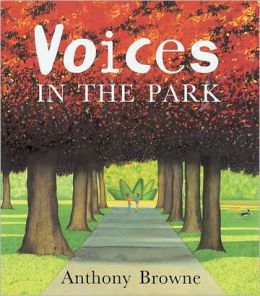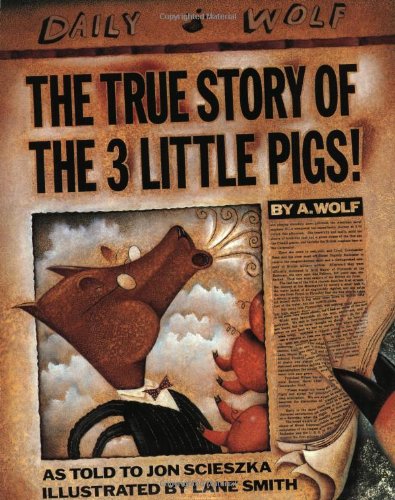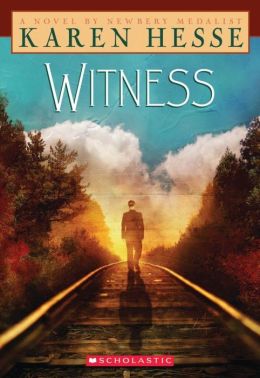What is the truth?
Who tells your truth?
We all know the story of the Seven Blind Mice.
They found an unusual something by the pond. Each variously went to investigate.
Each returned with a different conclusion about what it was.
A pillar. A snake. A spear. A great cliff. A fan. A rope.
When the seventh mouse got to the something, she ran from one end to the other, up and down, to each side, and all around.
She concluded that when all the parts discovered by each mouse were considered together, the something could only be an elephant.
Our stories are like that sometimes. We may each know a piece, a part, a sliver of the story.
Our version may not match the story of the same event told by our friend or spouse or other family member.
We tell stories based on the lenses we wear, the individual perspectives from which we observe the world and experience our lives. (See related previous post Wrapping Our Words in a Container Lining.)
Perspectives can vary in many ways.
Voices in the Park by Anthony Browne allows us to have a look at how differently we each see people, places and situations. This book allows us to see how our various perspectives encounter and confront each other, interact and negotiate meaning, and ultimately, determine how we act.
Each individual voice in the text is given its own style, feel, and font.
Each individual sees the people and events in the park through distinct lenses.
How is your voice distinct from that of others?
What font would represent your voice?
Our creative voices are just as distinct as our seeing, hearing, living voices. We construct and represent our ideas to the world.
In Once Upon A Cool Motorcycle Dude by Kevin O'Malley, a boy and girl have to collaborate to tell a fairy tale to their class.
The results will delight all ages as the two wrestle with their very different perspectives of what should happen in a fairy tale and how it should be told.
As their joint tale unfolds, speech bubbles allow us to peek at their thoughts and gain insight into their conflicting creative processes. Again, changes in fonts illuminate different voices in the story.
As we think about perspectives, we often delight in discovering the other side of the story, we usually want to know what other involved parties are thinking.
The True Story of the 3 Little Pigs! by A. Wolf as told to Jon Scieska gives us a humorous opportunity to think about the other side and to consider alternative motives and causes of actions in this familiar tale.
Who do you believe?
How do you determine truth?
Sometimes it is our own perspectives that will differ depending on our continuing experiences and development.
In Marianthe's Story: Painted Words and Spoken Memories by Aliki we follow the growth of Marianthe's language, and power to give shape and words to her story, as she initially paints her story, gradually learns English, and finally, gains more confidence in her abilities to use this new language to tell her story. The text is comprised of two distinct, yet related stories.

How are our stories different if we use art, or music or some other sensory form other than words to tell it?
What are advantages of using these forms? What are advantages of using words?
In my classroom, one of my major goals in teaching Social Studies and current events, as well as just fostering our living together in community, was always to have as many voices as possible openly heard and critically examined. This applied to the people and situations about which we read, as well as to ourselves.
There are many books that support that work and allow students to look at many sides.
Witness by Karen Hesse and Bull Run by Paul Fleischman are two excellent examples of such texts.
In Witness, the citizens of a small Vermont town , tell their stories in poetry, as the Ku Klux Klan comes to their town in 1924. The characters include a young African American girl, a young Jewish immigrant, a bootlegger, a preacher, an unmarried farm woman.. and the list continues to include black and white, young and old, upstanding and criminal, those who support the Klan. those opposed, and those who are targeted. Beliefs and reactions are shared by each in poems.
In Bull Run, the first battle of the Civil War is recounted in short prose pieces by 16 participants, from all walks of life--Northern and Southern, male and female, white and black, young and old.
And finally, I always relied on Phillip Hoose to provide my students with a child's perspective
no matter what period or events we were studying in history. We Were There Too! Young People in U.S. History provides accounts of many children and teens that participated in our history.
Today's Deeper Writing Possibilities
Reflect on a recent event in your life or current events in your community.
Write a short poem or prose piece about this event.
Now think about other people who participated, witnessed, or were in some other way involved.
Write another short poem or prose piece from their perspective.
Try writing more pieces, so that you have several about the same event.
What did you discover by examining different perspectives through your writing?







No comments:
Post a Comment